How we got from the Wright brothers to the space race
The journey from the first powered flight at Kitty Hawk to the exploration of the cosmos is a fascinating tale of human ingenuity.
It all began with the Wright brothers’ groundbreaking flight, which set the stage for a century of aviation and space exploration. From humble beginnings, the realm of flight has expanded beyond our atmosphere, reaching for the stars.
The Dawn of Aviation: The Wright Brothers Take Flight
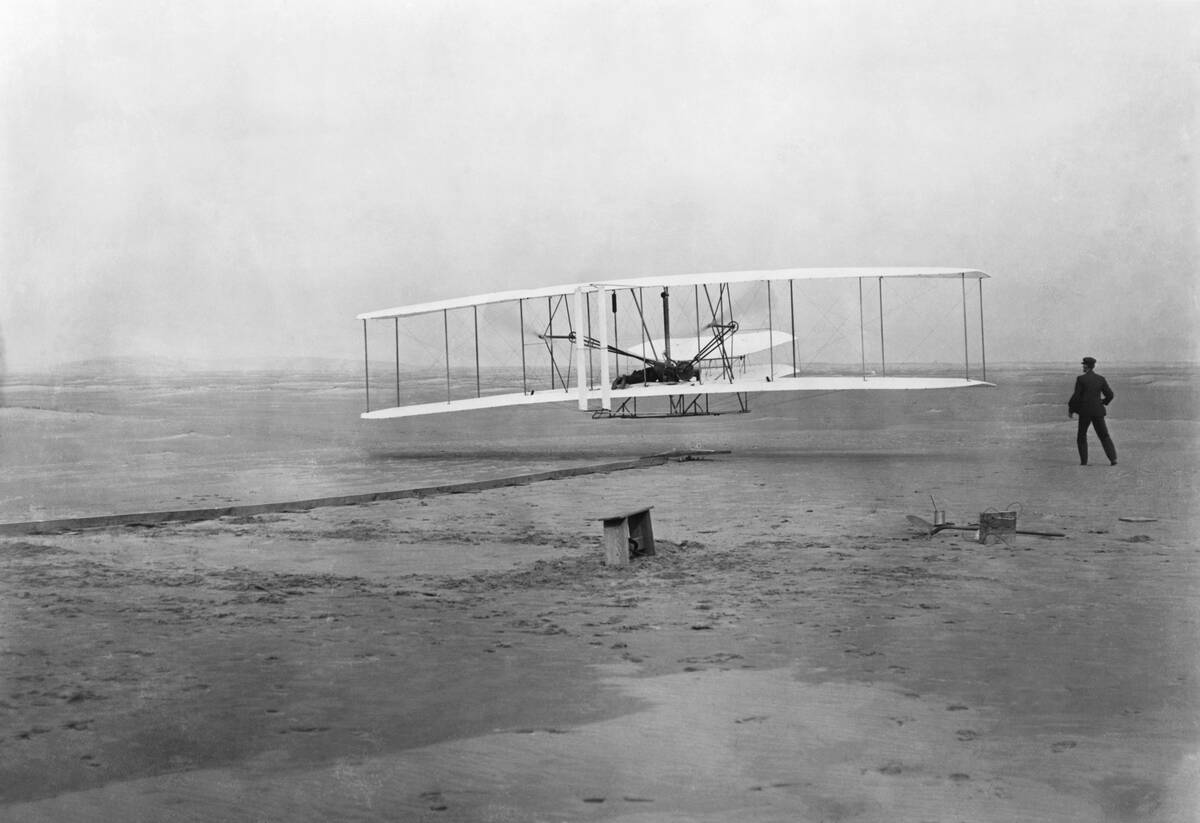
On December 17, 1903, in the sandy dunes of Kitty Hawk, North Carolina, Orville and Wilbur Wright made history with the first controlled, sustained flight of a powered, heavier-than-air aircraft.
Their Flyer covered 120 feet in 12 seconds, marking the birth of modern aviation. The Wright brothers’ success wasn’t just about the flight itself, but their innovative approach to solving the challenges of lift, control, and propulsion.
Early Aviation Innovations and Milestones
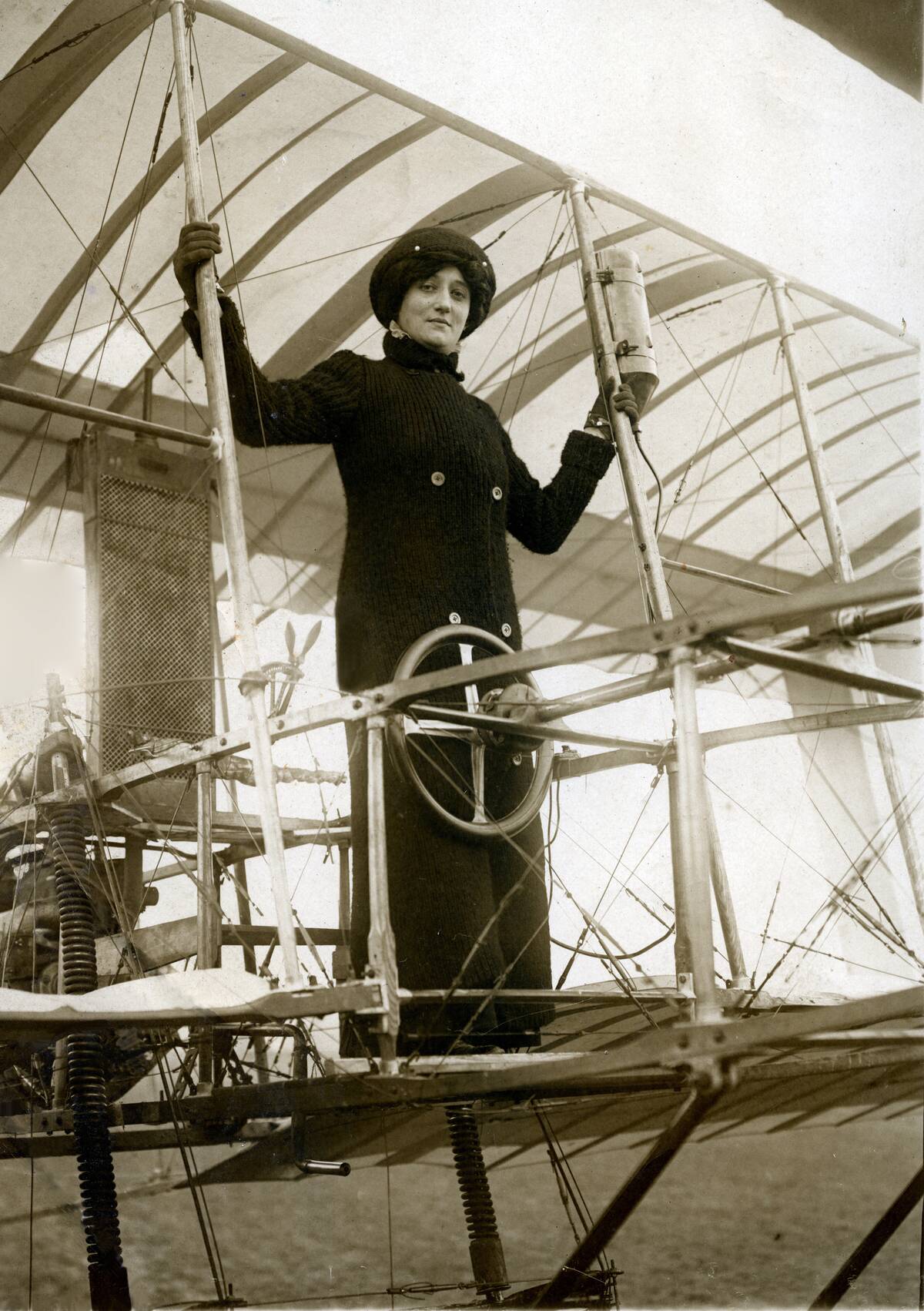
Following the Wright brothers’ triumph, aviation saw rapid advancements. In 1909, Louis Blériot became the first person to fly across the English Channel.
Soon after, in 1910, the first female pilot, Raymonde de Laroche, earned her pilot’s license. These milestones were crucial, as they demonstrated the potential for aviation to connect people and places across the globe.
World War I: Aviation Takes Off in Combat
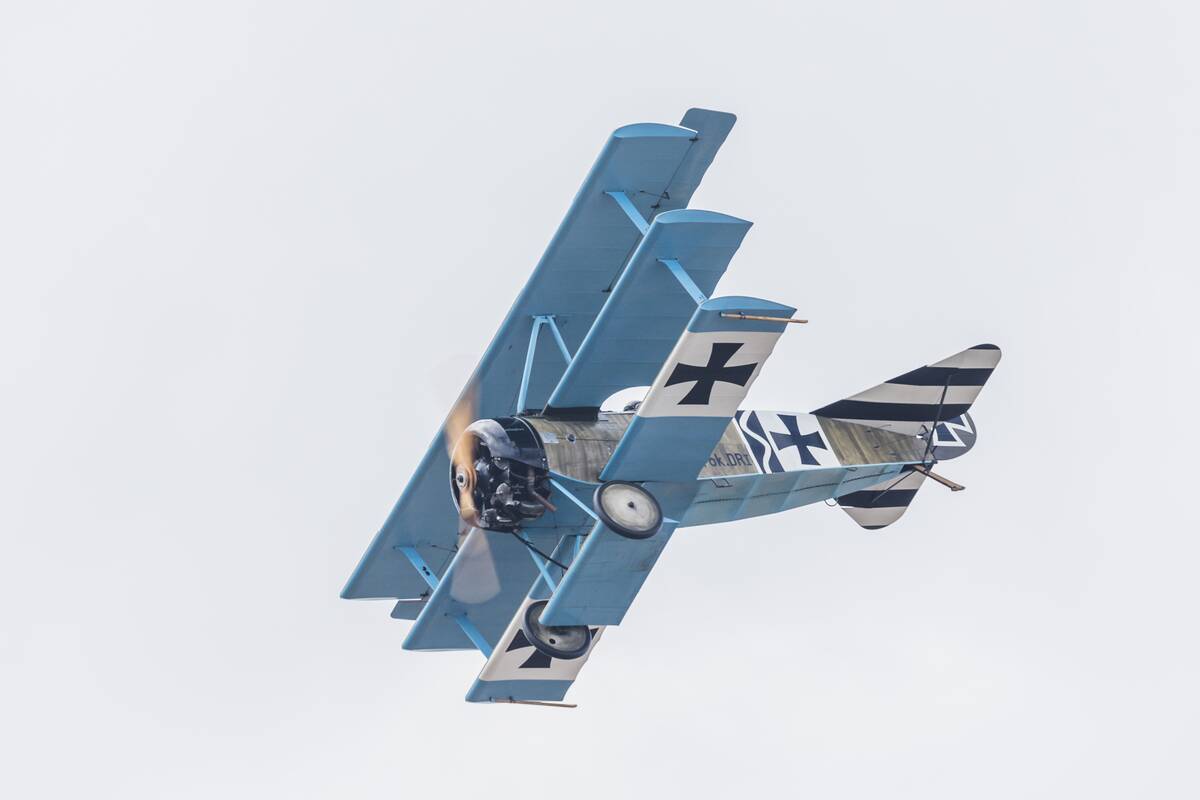
World War I was the first major conflict to extensively use aircraft in combat. Initially used for reconnaissance, planes soon played a pivotal role in battles.
The introduction of fighter aircraft, such as the Sopwith Camel and the Fokker Dr.I, changed the dynamics of warfare. Pilots like the Red Baron became legends, highlighting aviation’s growing importance in military strategy.
The Roaring Twenties: Commercial Aviation Begins
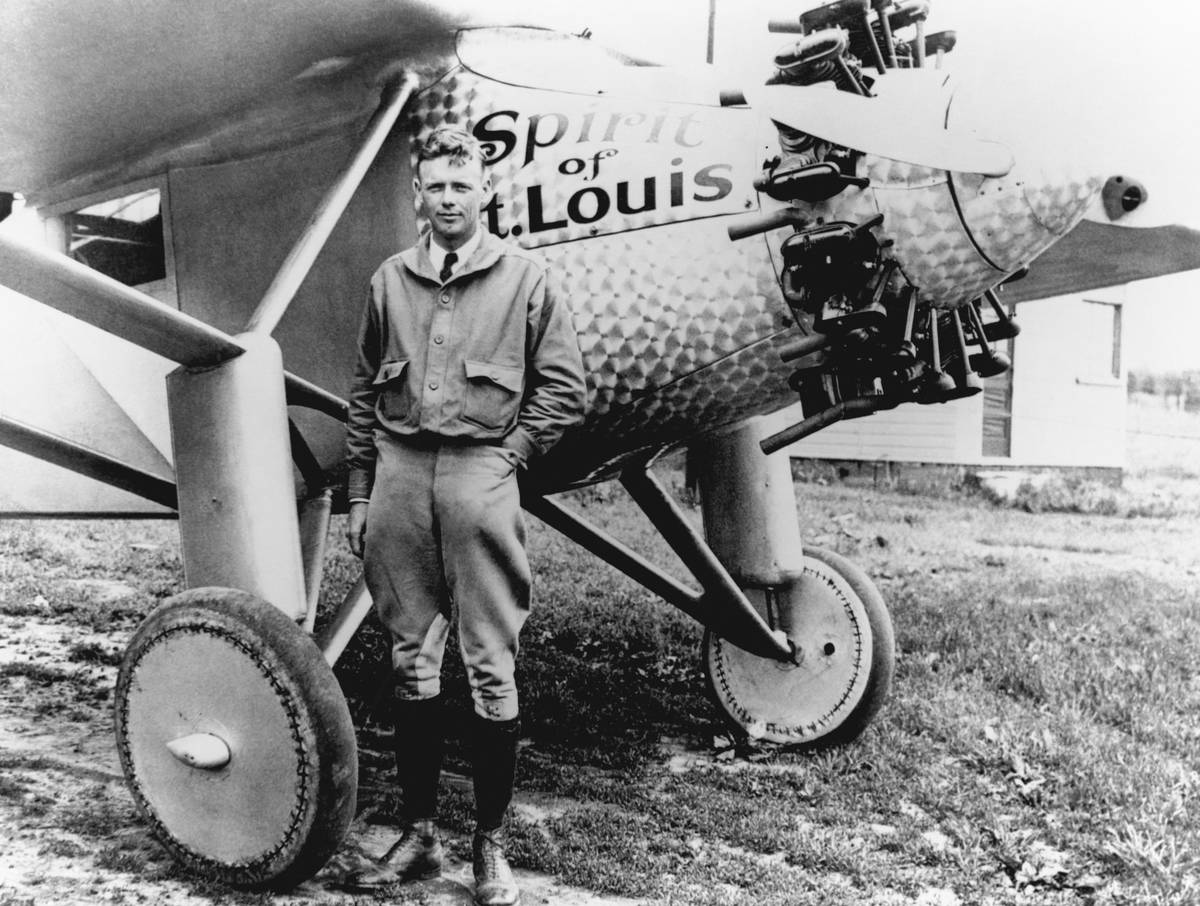
The 1920s saw the dawn of commercial aviation, as companies like KLM and Qantas were founded. In 1927, Charles Lindbergh’s solo transatlantic flight aboard the Spirit of St. Louis captured the world’s imagination and spurred interest in air travel.
Airports began to appear, and passenger flights became a reality, marking the start of a new era in transportation.
The Golden Age of Aviation: Records and Races
![[redacted]](https://media.tellmebest.com/wp-content/uploads/2023/08/amelia-earhart-21374.jpeg)
During the 1930s, aviation entered a golden age filled with daring pilots and record-setting flights. Amelia Earhart became the first woman to fly solo across the Atlantic in 1932, inspiring countless others.
Air races, such as the Schneider Trophy, pushed aircraft to new speeds and altitudes, fueling technological advancements that would soon impact the world.
World War II: Aviation Advances and the Jet Age
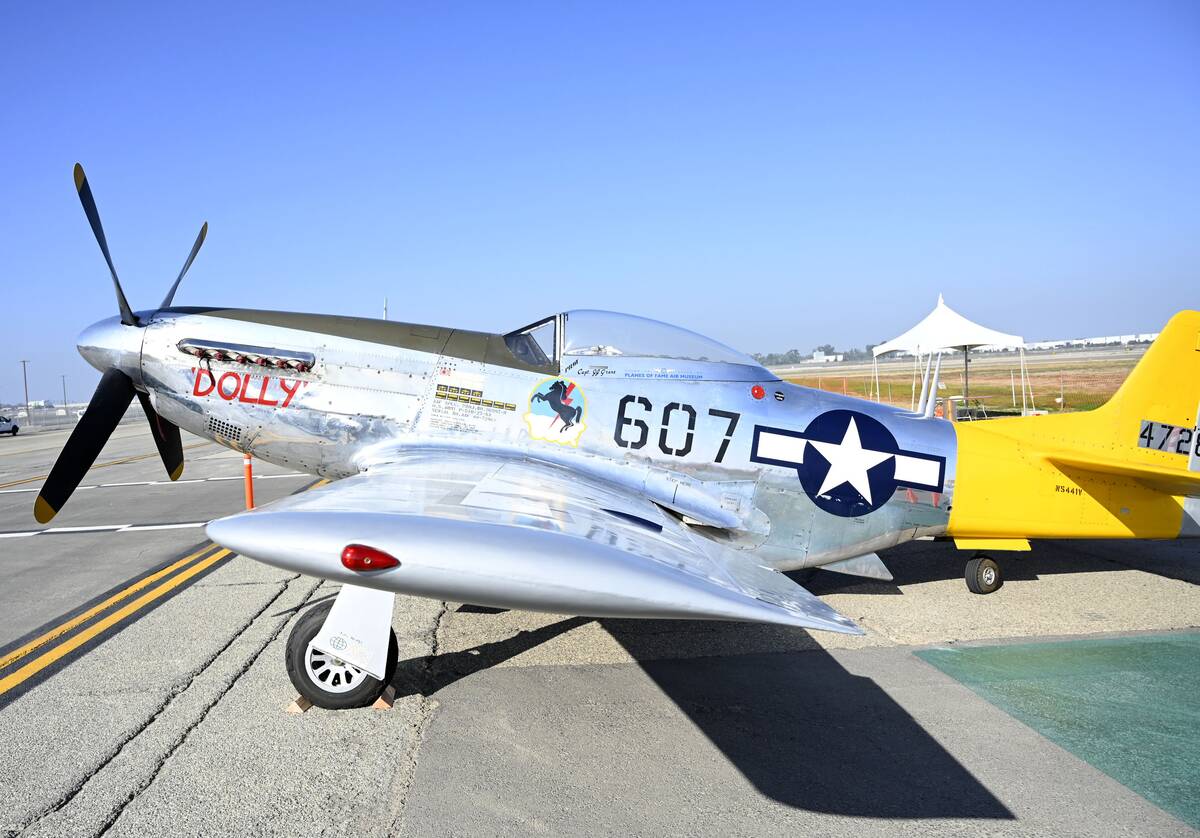
World War II accelerated aviation technology, leading to advancements like radar and jet engines. The British Spitfire and American P-51 Mustang became iconic aircraft of the era.
The war also saw the debut of the jet-powered Messerschmitt Me 262, heralding the dawn of the jet age. These innovations laid the groundwork for post-war commercial aviation advancements.
The Rise of Rocketry: From Fireworks to V2
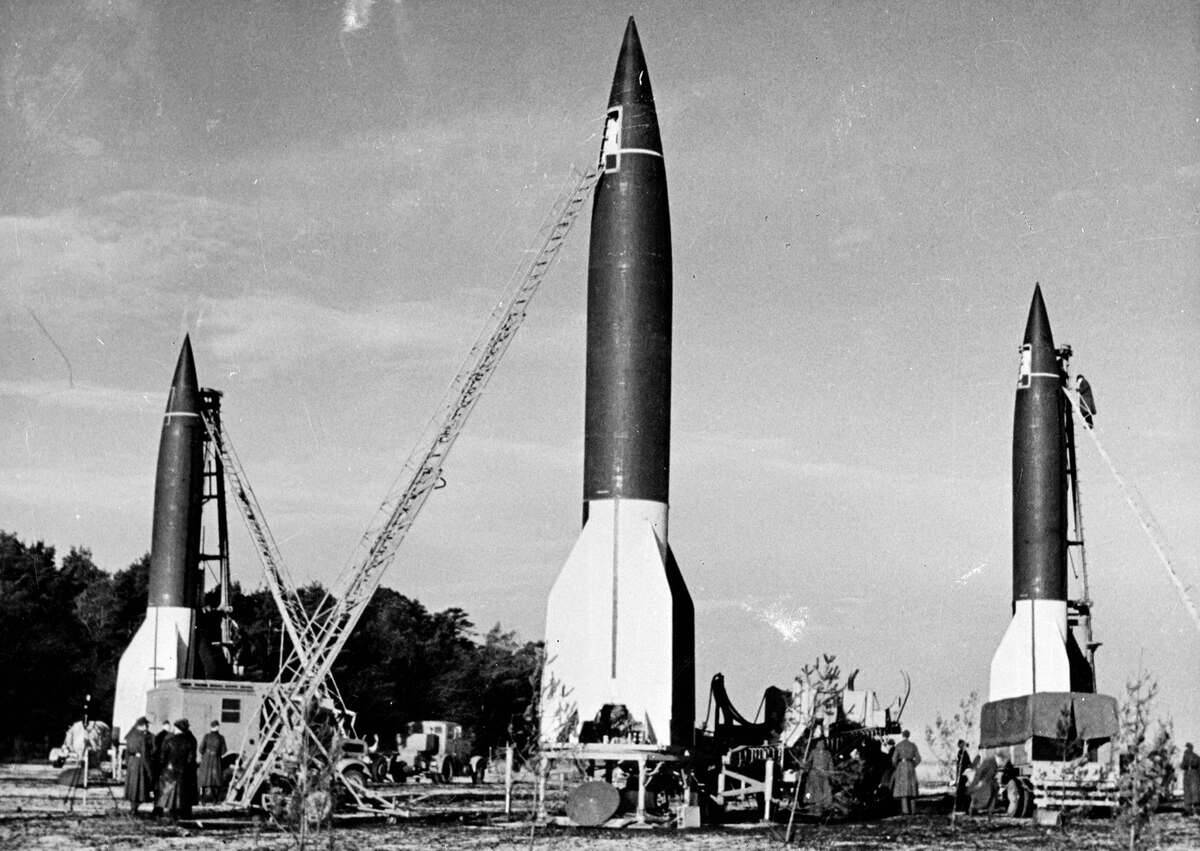
Rocketry’s roots trace back to the ancient Chinese fireworks of 2nd Century BCE, but it wasn’t until the 20th century that significant progress was made. The German V2 rocket, developed during World War II, was the first long-range guided ballistic missile.
Under the leadership of Wernher von Braun, these technologies would later be pivotal in the space race, propelling humanity into a new frontier.
The Cold War Heats Up: Rockets and Missiles Develop
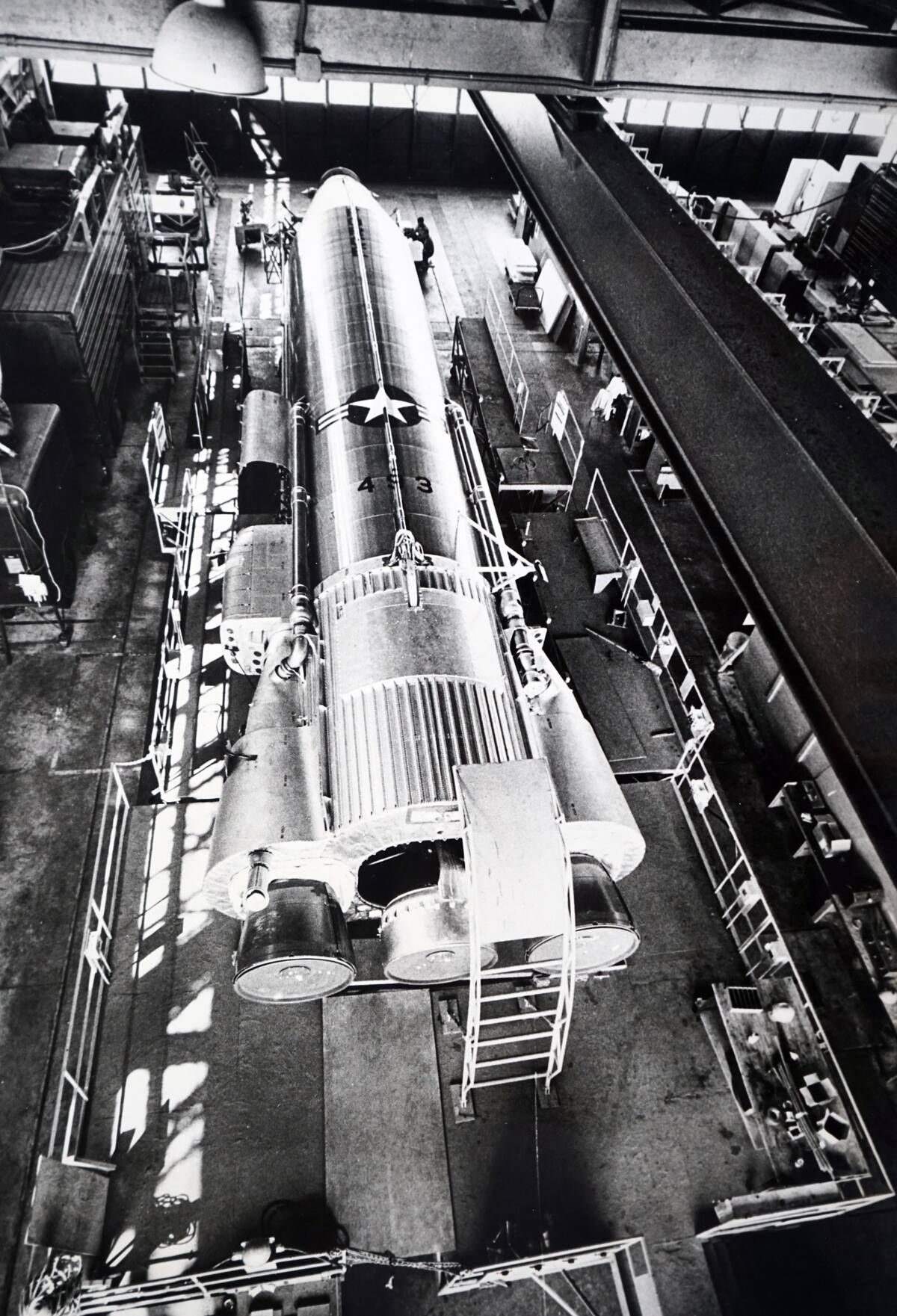
The Cold War era witnessed a rapid development of rockets and missiles as the U.S. and Soviet Union vied for supremacy. The intercontinental ballistic missile (ICBM) became a staple of military strategy.
This technological rivalry extended to space exploration, as both nations aimed to demonstrate their prowess by reaching beyond Earth’s bounds.
The Birth of NASA: America Aims for the Stars
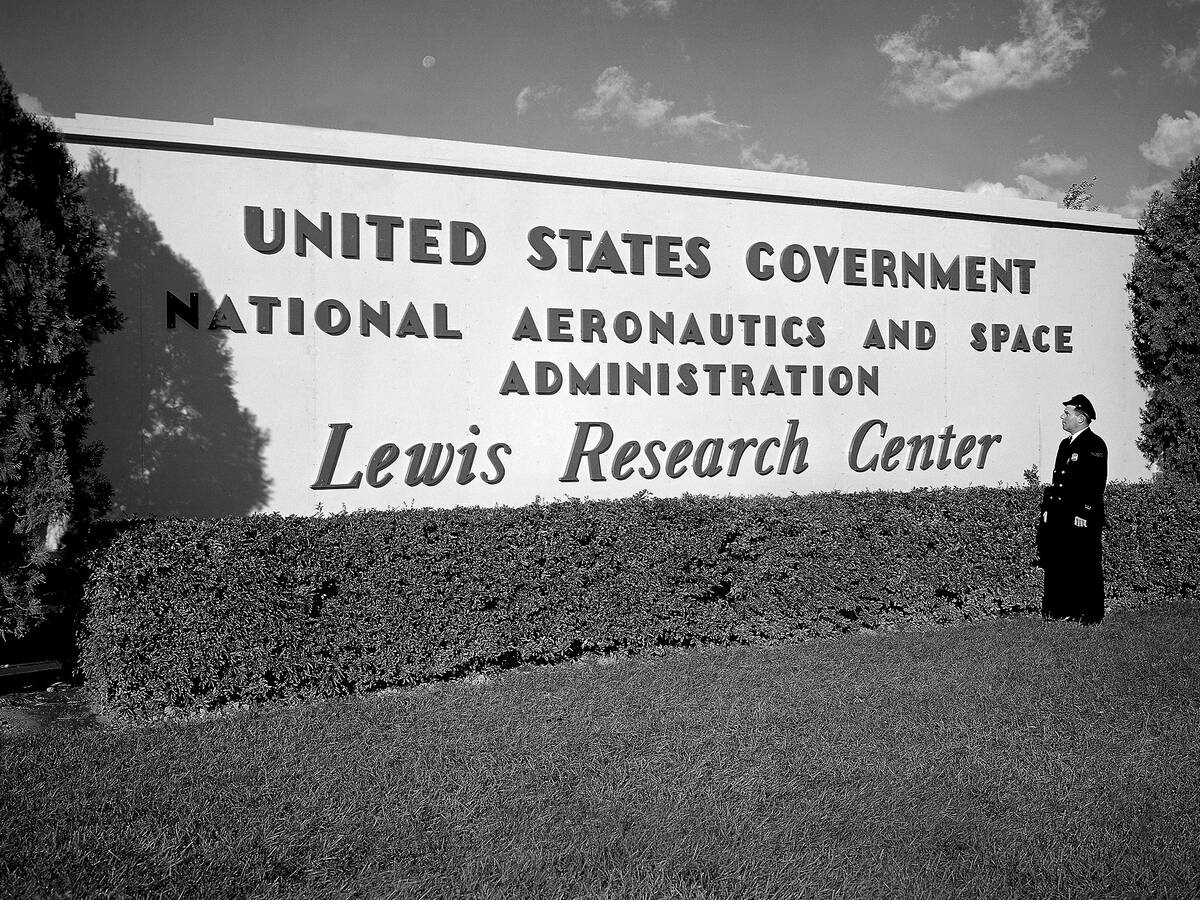
In 1958, the United States established NASA, aiming to catch up with the Soviet Union in space exploration. NASA’s mission was clear: To lead the nation in space exploration and scientific discovery.
This marked the beginning of America’s ambitious journey to the stars, culminating in the Apollo missions that would eventually land humans on the Moon.
The Soviet Union’s Sputnik Surprise
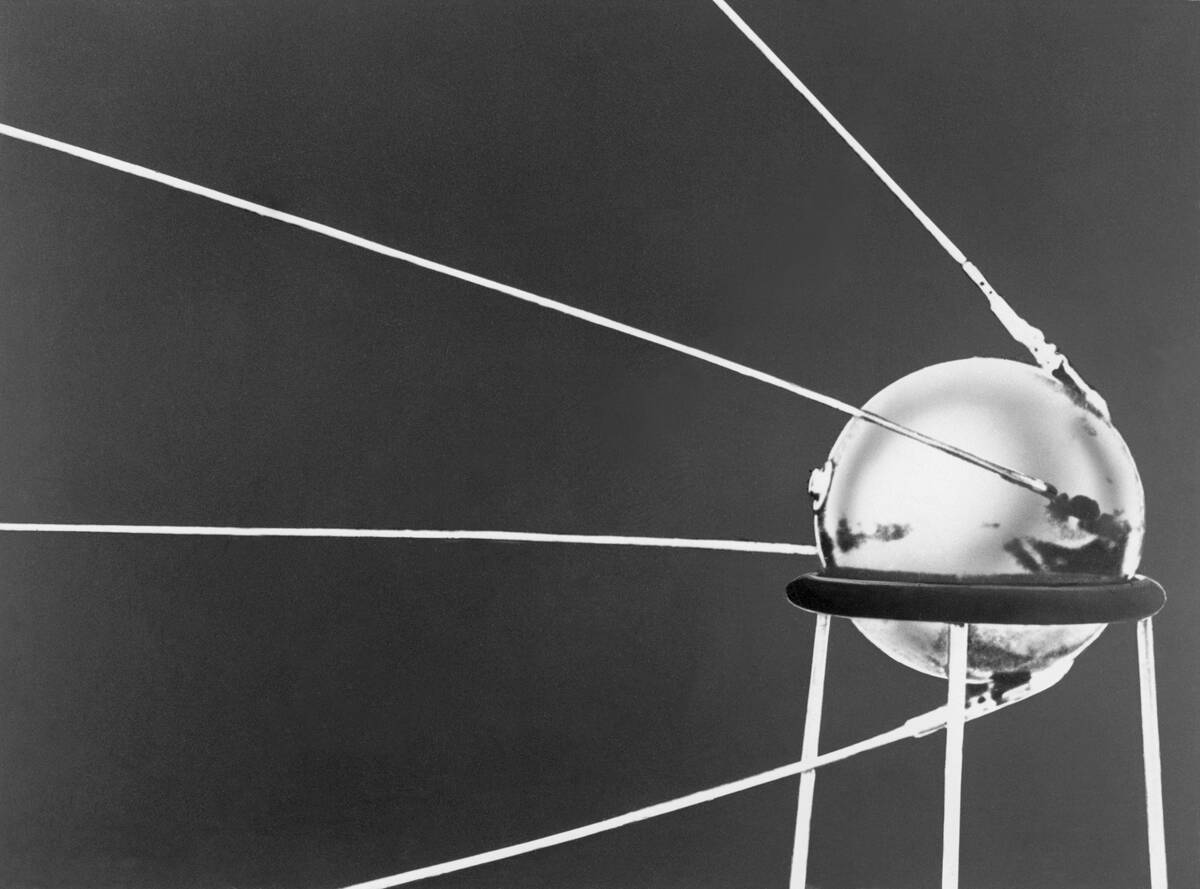
On October 4, 1957, the Soviet Union shocked the world with the launch of Sputnik 1, the first artificial satellite. This achievement marked the beginning of the space age and intensified the space race.
Sputnik’s success spurred the United States to accelerate its space program, leading to significant advancements in technology and exploration.
The Mercury Program: America Puts a Man in Space
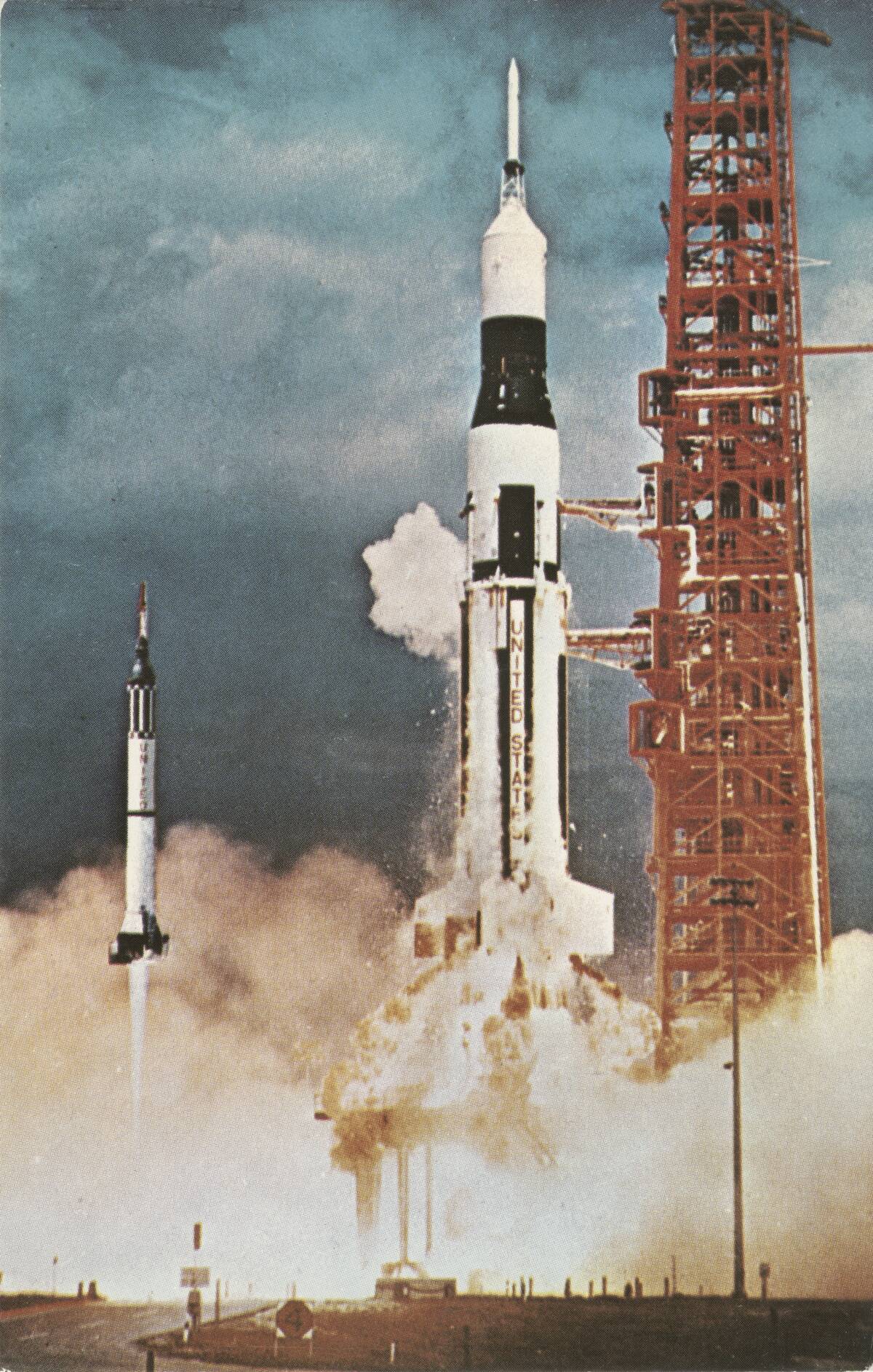
The Mercury Program was NASA’s first manned spaceflight project, aiming to send an American astronaut into space after Soviet cosmonaut Yuri Gargarin became the person to orbit the earth April 12, 1961.
On May 5 of that year, Alan Shepard became the first American in space aboard Freedom 7. This milestone was crucial in establishing the U.S. as a formidable contender in the space race and set the stage for future manned missions to the Moon.
The Gemini Missions: Bridging the Gap to the Moon
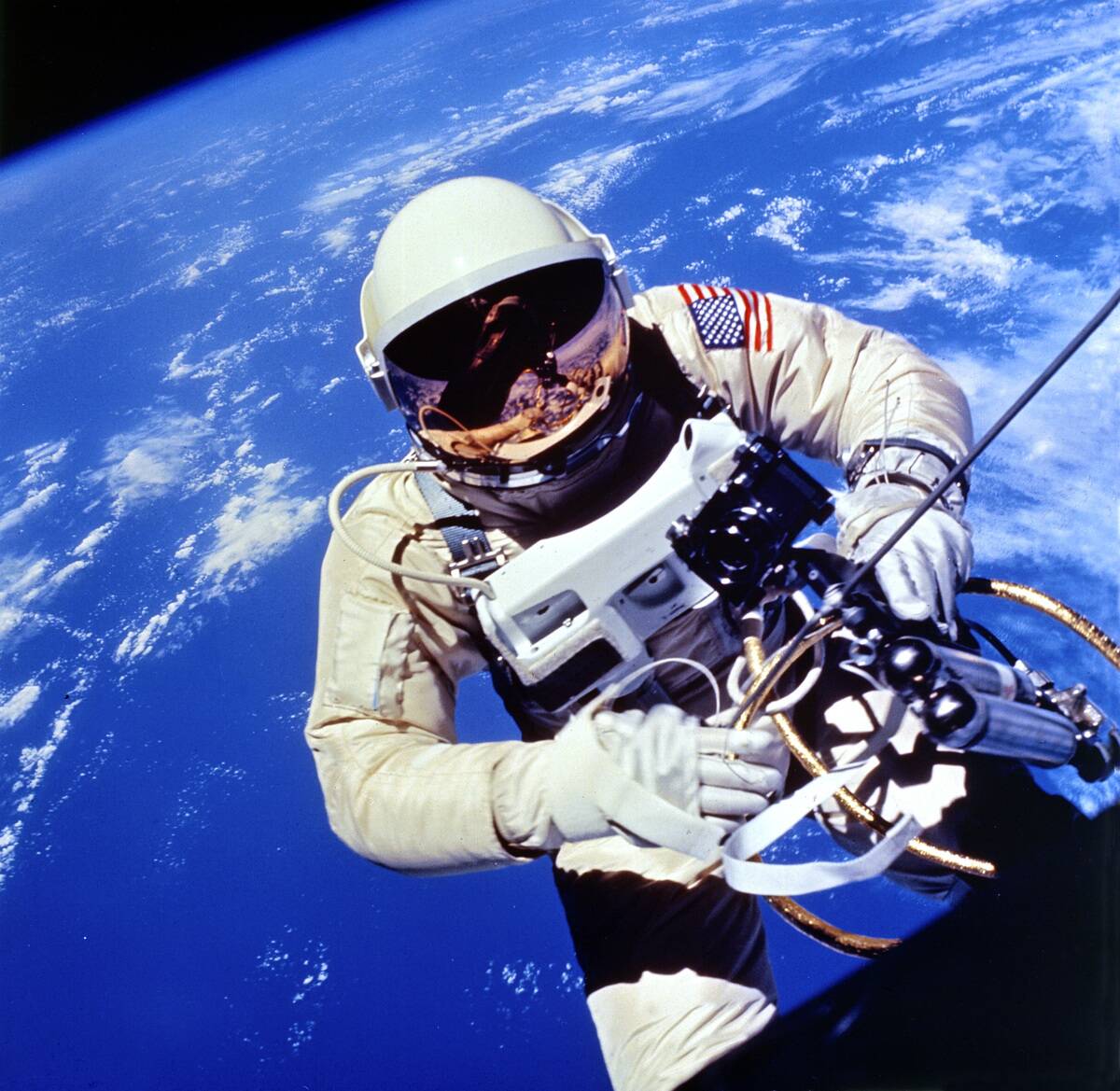
The Gemini program was designed to develop space travel techniques necessary for the Apollo missions. Gemini missions tested long-duration flights, spacewalks, and orbital rendezvous.
Notably, Gemini 4 featured the first American spacewalk by Ed White. These missions were vital in preparing NASA for the complexities of lunar exploration, proving the feasibility of extended space travel.
The Apollo Program: One Giant Leap for Mankind
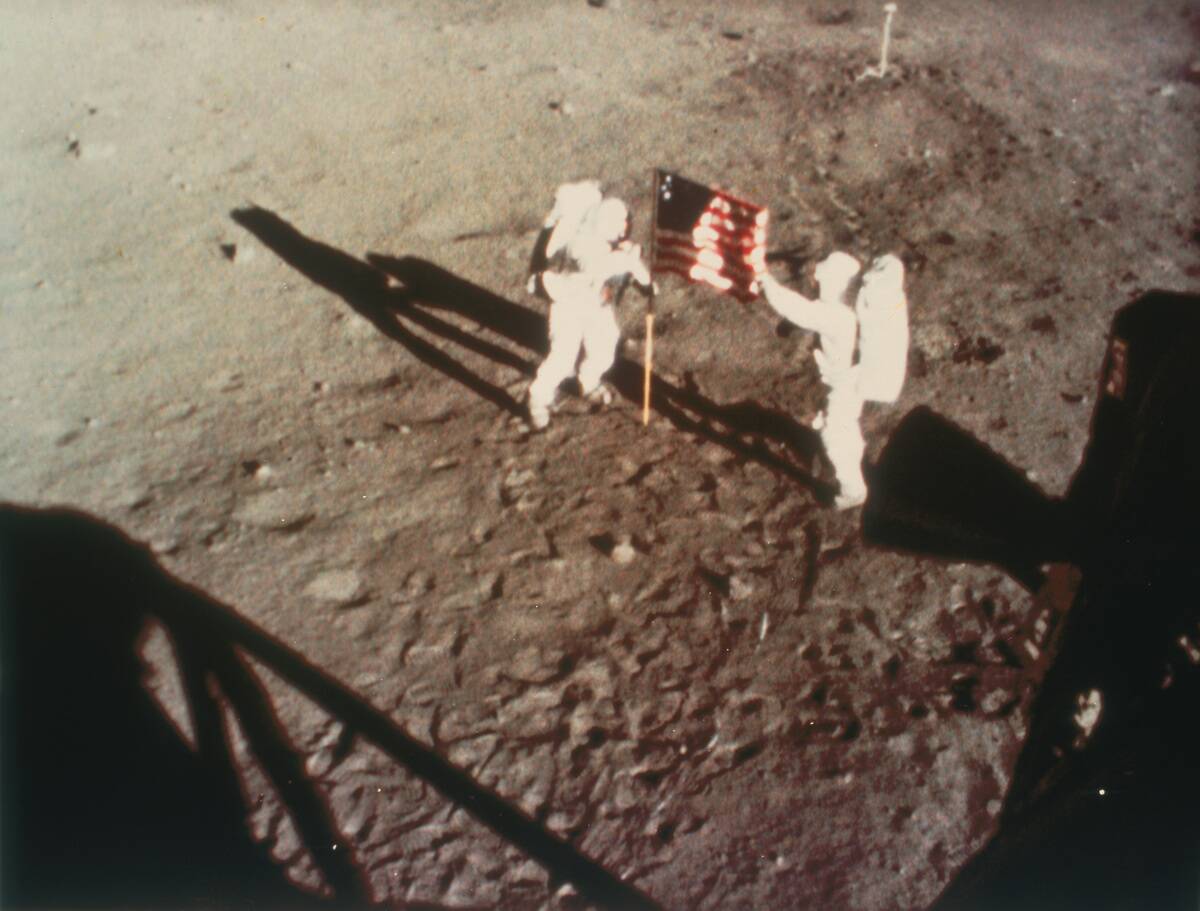
The Apollo program achieved the historic feat of landing humans on the Moon. On July 21, 1969, Apollo 11’s Neil Armstrong and Buzz Aldrin became the first humans to set foot on the lunar surface.
Armstrong’s famous words, “That’s one small step for man, one giant leap for mankind,” echoed the triumph of human exploration. The Apollo missions expanded our understanding of the Moon and inspired generations.
The Space Race Legacy: From Competition to Cooperation
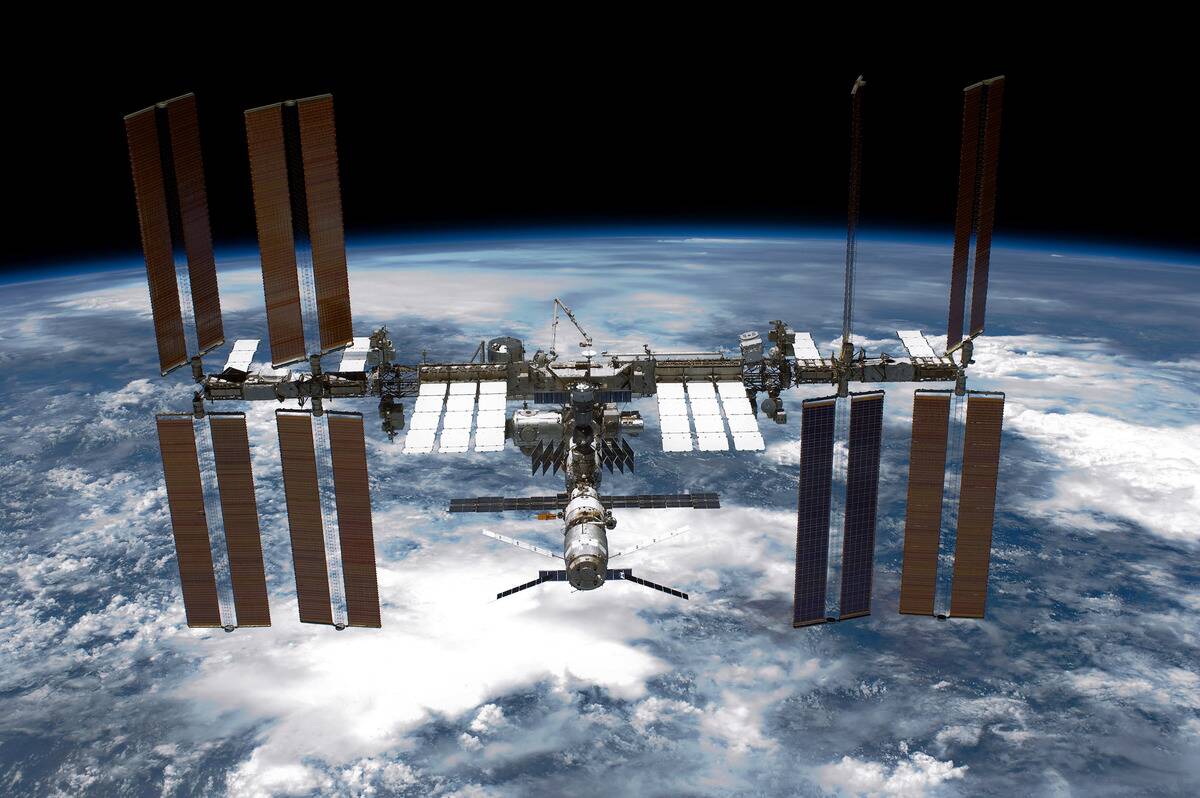
The space race, initially driven by competition, ultimately led to collaboration. The 1975 Apollo-Soyuz Test Project marked the first international human spaceflight mission, symbolizing a thaw in U.S.-Soviet relations.
Today, the International Space Station (ISS) stands as a testament to global cooperation in space exploration, uniting diverse nations in the pursuit of scientific discovery and exploration beyond Earth.



